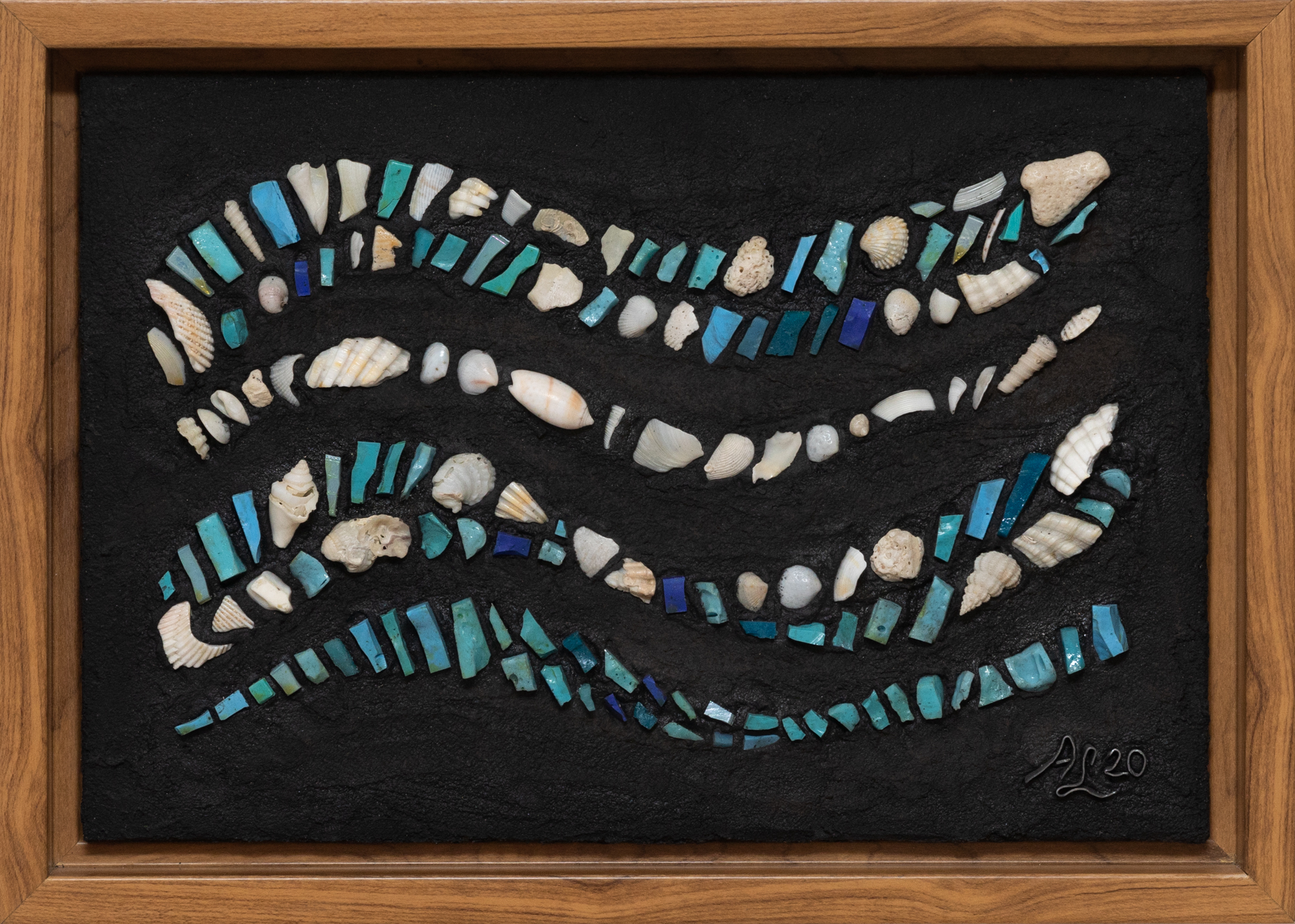


The realm of art encompasses a vast expanse of creative practices, and in recent years, artists have increasingly embraced sustainable approaches that are mindful of the environment and address pressing issues such as climate change, waste, and social concerns.
Sustainable art is not confined to a rigid set of rules, but rather it represents an evolving and adaptable mindset towards art-making. It involves utilizing recycled and repurposed materials, salvaged or scavenged items, as well as employing sustainable materials and processes that bring us one step closer to a more sustainable future.

Mother by Jassim Al Awadhi
The term "sustainable art" is often used interchangeably with "green art" and "eco-art," but it's important to note the distinction between art that is sustainable and art that addresses sustainability as a subject matter. Sustainable art primarily focuses on the reuse and recycling of found objects and materials. Many artists, whether by design or happenstance, have created multiple bodies of work utilizing repurposed materials in assemblage, installation, and collage.
What sets sustainable art apart is the artist's vision and their commitment to a more environmentally conscious future. Eco-artists actively seek ways to create without causing harm to the environment. Some artists craft their artworks from recycled materials or exclusively employ natural mediums like clay and stone. Others opt for sustainable materials such as biodegradable paint or harness electricity from renewable sources.

Ana Laserna Villa's Sea Whispers
Artists looking to embrace eco-conscious practices can gradually make a difference by incorporating sustainable approaches into their work. Assemblage and collage, which often rely on existing materials, are just two examples of the many exciting artistic forms that have been explored over the years. Sustainable art materials and nature-friendly alternatives such as water-mixable oil paints or paints pigmented with botanical extracts are gaining popularity in recent times.
Art and sustainability can intersect in myriad ways, creating a thoughtful and mindful world for future generations. Artists play a crucial role in shaping this dialogue, offering innovative perspectives and solutions that challenge conventional norms and promote a more sustainable and harmonious relationship between art and the environment.
Feature Image: Jassim Al Awadhi